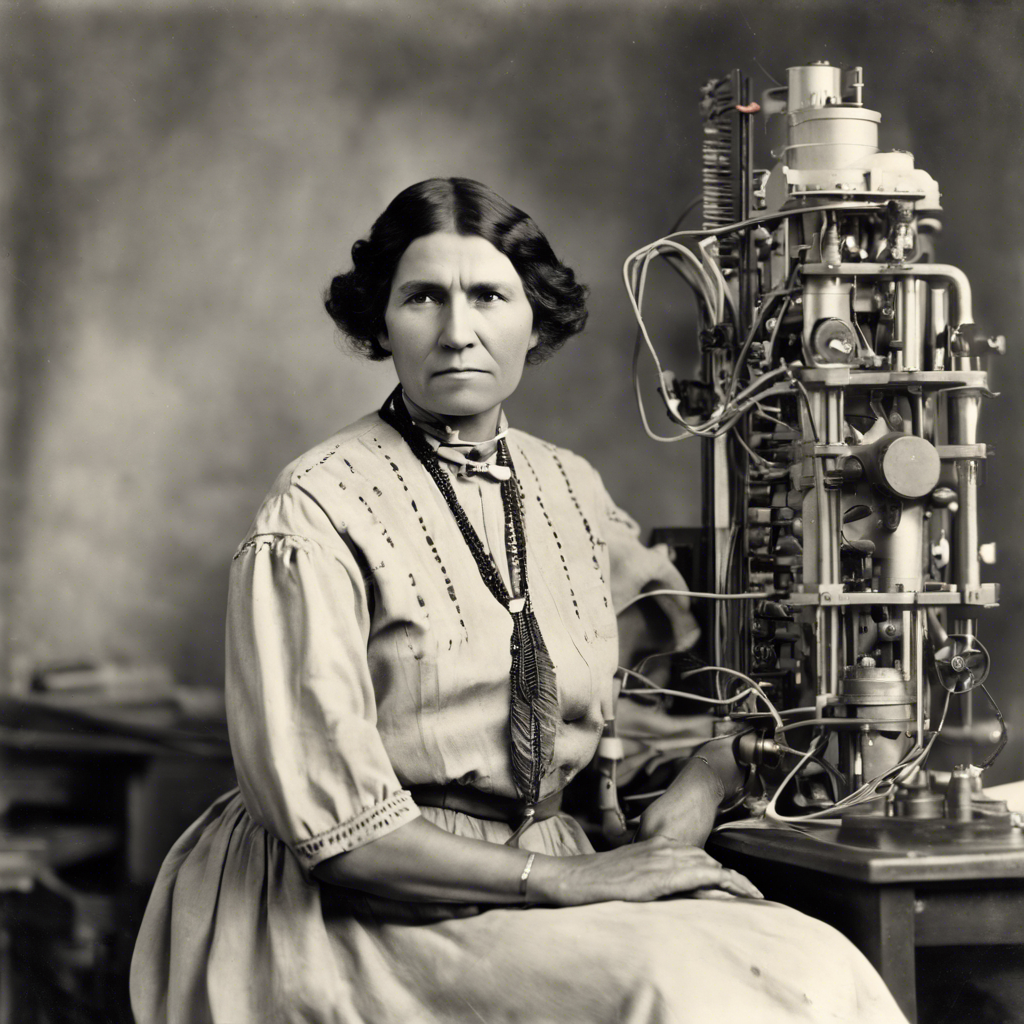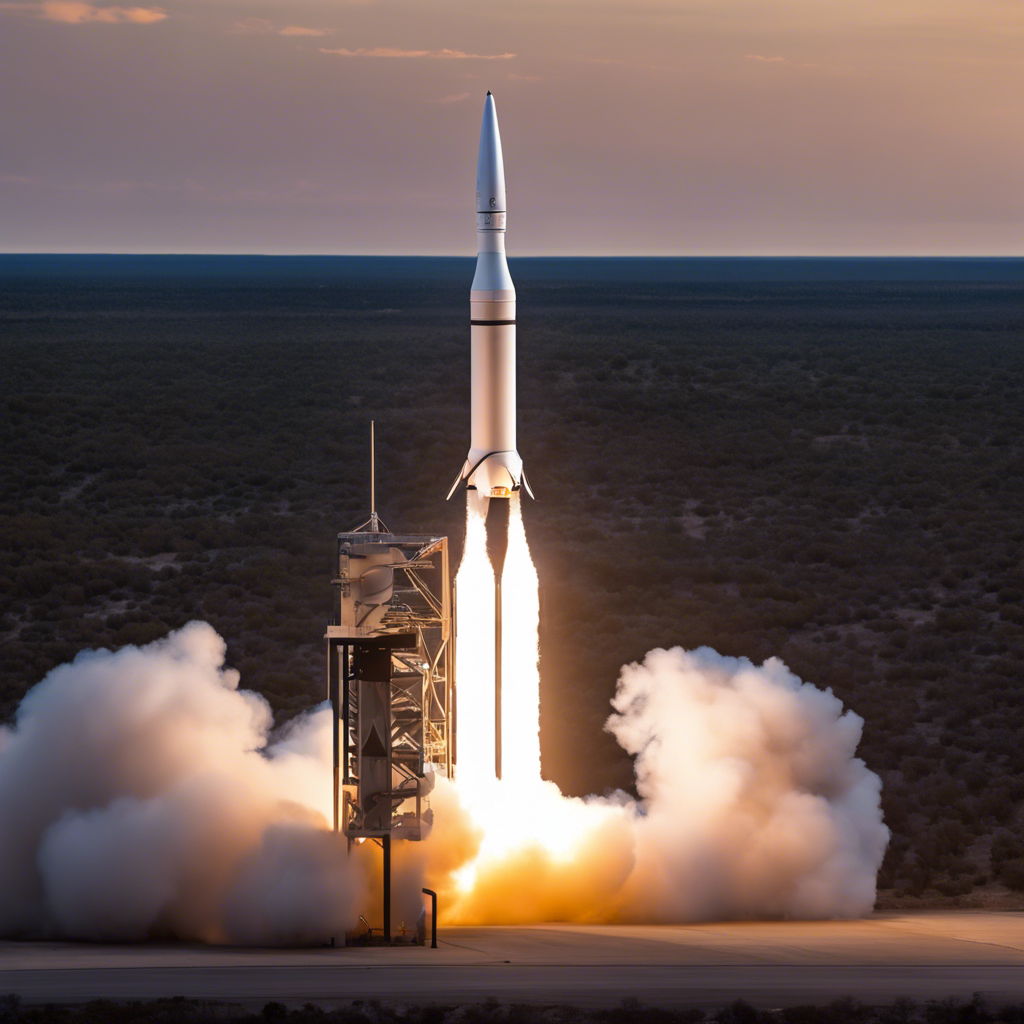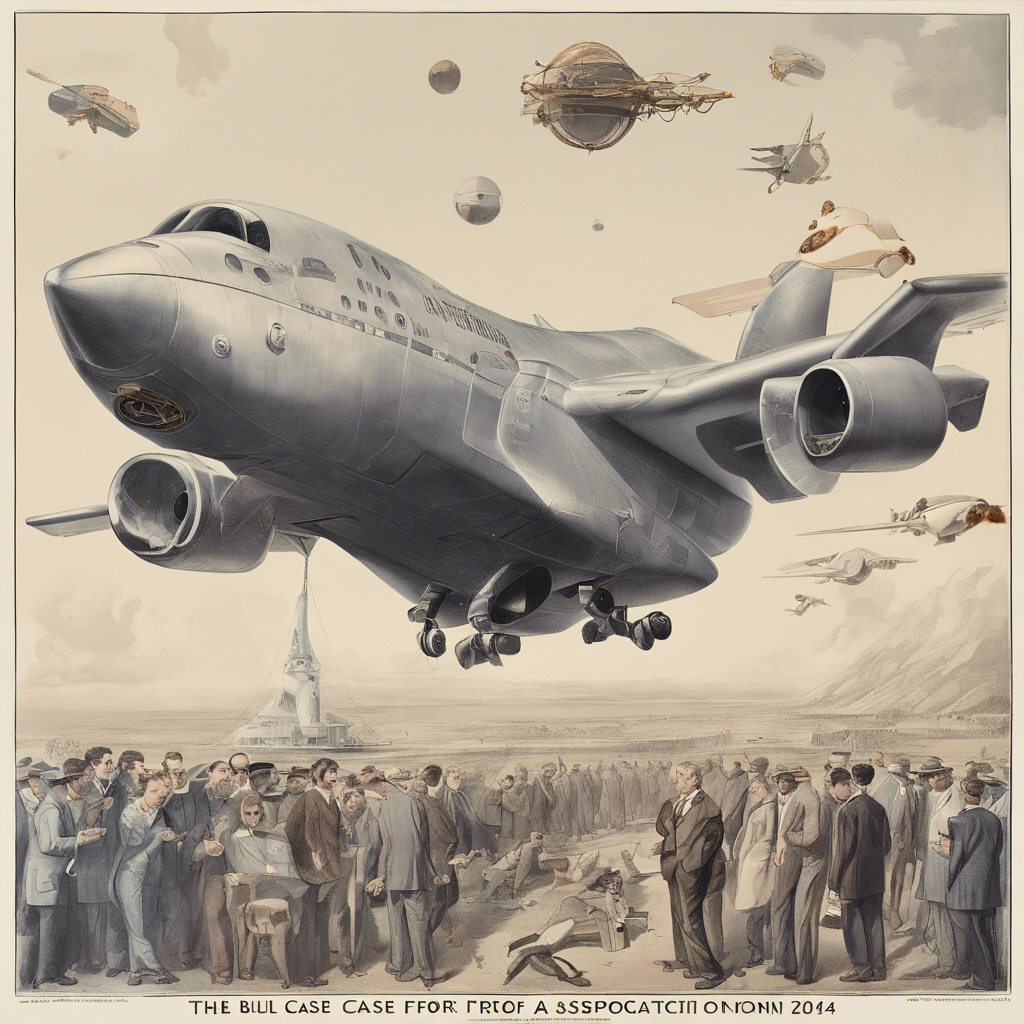Breaking Barriers in the Space Age
Mary Golda Ross, a trailblazing figure in the space age, holds the distinction of being the first Native American woman to work as an engineer. Born in 1908 in Park Hill, Oklahoma, Ross’s achievements were deeply rooted in her Cherokee heritage, which emphasized equal education for boys and girls. Her remarkable journey from a small town in Oklahoma to the forefront of the aerospace industry is a testament to her determination and the enduring legacy of the Cherokee Nation.
A Legacy of Resilience and Education
Ross’s family history was intertwined with the tumultuous era of the Indian Removal Act of 1830, which forced thousands of Cherokee people to relocate to Indian Territory. Despite the hardships faced by her ancestors, Ross’s family instilled in her a deep appreciation for education. Sent to live with her grandparents in Tahlequah, Oklahoma, she was able to attend school and pursue her dreams.
A Passion for Mathematics and Science
After completing high school, Ross earned a mathematics degree from Northeastern State Teachers College in Tahlequah. This institution, the successor to the Cherokee Female Seminary, played a crucial role in shaping her academic journey. Armed with her mathematical prowess, Ross embarked on a career that would break barriers and inspire generations to come.
Educating and Inspiring Native American Youth
Ross’s dedication to education extended beyond her own pursuits. She taught math and science in Cherokee schools in Oklahoma before being assigned to the Santa Fe Indian School in New Mexico. As a girls’ advisor at the boarding school, Ross became a role model for Native American girls who were separated from their families. She used her platform to encourage them to pursue careers in science, technology, engineering, and mathematics (STEM).
Gayle Ross, a relative of Mary Golda Ross, emphasizes her passion for teaching and inspiring young Native American students. Ross’s commitment to spreading knowledge and fostering curiosity in STEM fields left an indelible impact on the lives of countless individuals.
Breaking the Glass Ceiling in Aerospace
Ross’s groundbreaking career in engineering began in the 1940s when she joined Lockheed Aircraft Corporation. As one of the few women in the field, Ross faced numerous challenges and had to overcome gender biases prevalent in the male-dominated industry. However, her exceptional talent and dedication quickly gained recognition, and she rose through the ranks, eventually becoming one of the company’s leading engineers.
Contributions to the Space Age
During her time at Lockheed, Ross made significant contributions to the space industry. She played a key role in the development of interplanetary travel and satellite systems, including the Agena rocket program, which supported the Gemini and Apollo missions. Ross’s expertise in mathematics and celestial mechanics proved invaluable in these groundbreaking endeavors, helping to shape the future of space exploration.
An Enduring Legacy
Mary Golda Ross’s pioneering work paved the way for future generations of Native American women in STEM fields. Her unwavering commitment to education, her passion for teaching, and her groundbreaking contributions to the aerospace industry continue to inspire and empower individuals today. Ross’s legacy serves as a reminder of the importance of inclusivity and diversity in pushing the boundaries of human knowledge and achievement.
Conclusion:
Mary Golda Ross’s remarkable journey from a small Cherokee community in Oklahoma to the forefront of the space age is a testament to her resilience, intelligence, and the power of education. As the first Native American woman engineer, Ross shattered glass ceilings and opened doors for future generations. Her contributions to the aerospace industry and her dedication to inspiring young Native American students have left an indelible mark on history. Ross’s story serves as a powerful reminder that diversity and inclusion are essential for progress and innovation in all fields.











